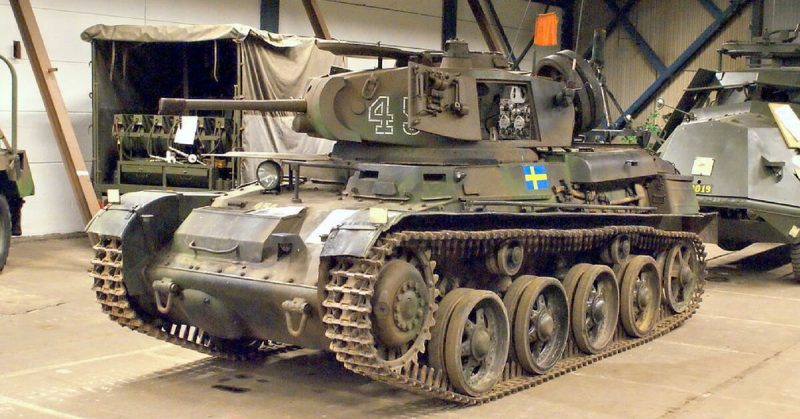One of the rare European countries that managed to keep their neutral stand in WWII was Sweden. The Scandinavian state had its share of tough political decisions, often siding with both the Allies and the Axis in order to keep the conflict away from its borders.
Led by the Latin proverb “If you want peace, prepare for war”, the Swedish government considered it vital to keep up with the technological breakthroughs and military spending during WWII. They enhanced their army budget from 37 million dollars in 1936 to 527.6 million in 1942.
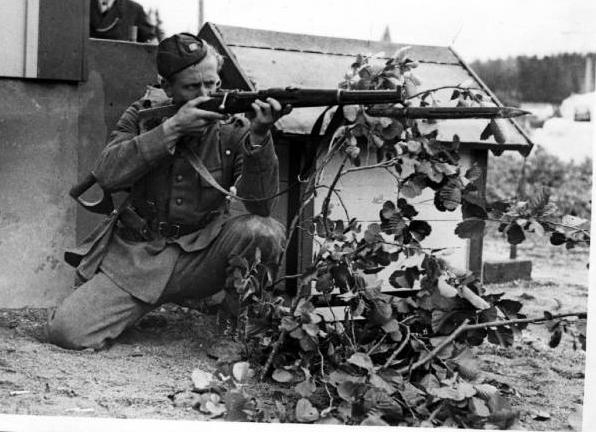
The country was heavily militarized during the war years, as it was their only guarantee that their neutrality would be respected.
One of their main pieces of hardware was the Stridsvagn L-60 light tank. It was also known as Landsverk L-60, as AB Landsverk, a heavy industry company developed it. The tank entered production in 1934. The design was very advanced for the time, as it utilized periscopes, rather than view slits, torsion bar suspension and an all-wielded construction.
It was designed by Otto Merker, a talented engineer who left AB Landswerk in 1936, to pursue a successful career in designing the notorious German wartime U-Boats.
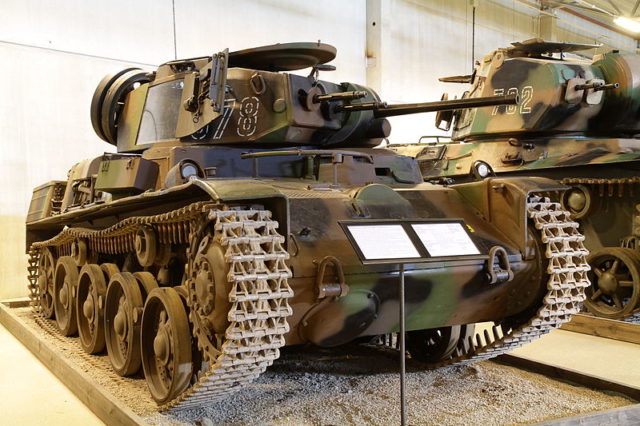
The initial 1934 version was armed with a 20 mm cannon and a single 7.92 mm Madsen machine gun. It was powered by the Bussing-Nag V8 cylinder engine, achieving optimal speed at 45 km/h (28 mph).
The tank was pretty fast for its time considering it weighed 8.5 tons. Its armor thickness ranged between 5–15 mm (0.20–0.59 in), leaving it vulnerable to anti-tank rifles and other light anti-tank weaponry.
The design was upgraded into four variants during the pre-war years: L-60A, L-60B, L-60C with a 37mm gun and the L-60D which also included a new turret and twin machine guns. Those versions eventually turned into the Stridsvagn m/38, which had its own variants such as m/39 and m/40, which were the markings of the L-60 once it entered regular army service.
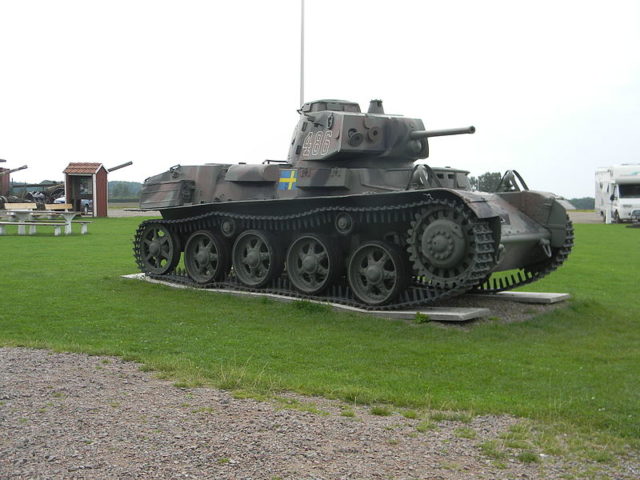
Although the tank was obsolete by 1942, due to the rapid development of much heavier designs such as the German Tiger, it presented a small but capable defense force. More than 200 tanks were in active service in 1944.
It also became one of the country’s main military exports, as it was sold to countries like Ireland and Austria in 1936, and a licensed-built version of the tank was produced in Hungary under the name 38M Toldi.
Toldi saw combat on the Eastern Front as the light tank of the Hungarian Army. A freak accident occurred during the purchase of the tank by the newly-founded Irish state and almost persuaded them to abandon the deal. At the demonstration of the L-60, its engine burst into flames and the purchase was briefly canceled. The Swedes offered to replace the flawed tank with a new one, free of charge.
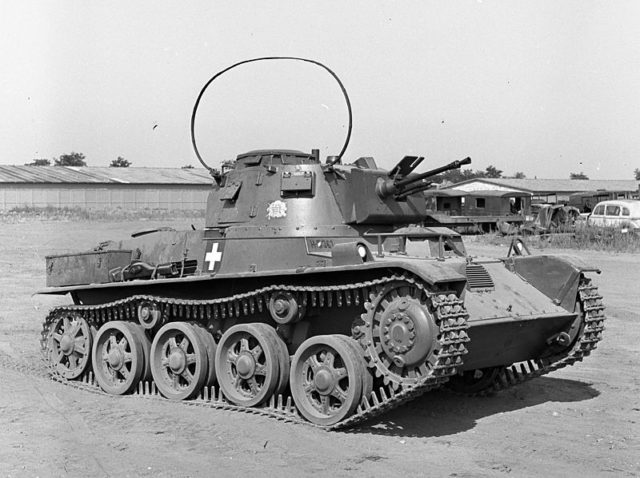
The L-60 was also one of the longest serving tanks in history, participating in the post-WWII Dominican Civil War of 1965 when three of the Dominican L-20s were destroyed by the American interventionist force.
Another 12 Stridsvagn tanks remained in Dominican service until 2002, when they were finally retired.
